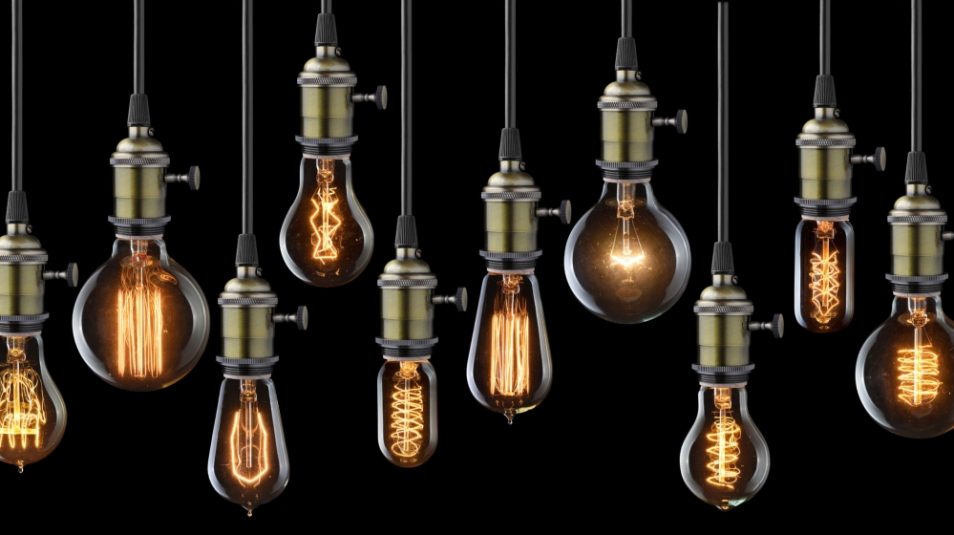Learning about Innovation from Mr. Edison

Personal Development
June 20, 2018
Wally Bock
Author + Blogger + Ghostwriter + Writing Coach
Topics
Commitment, Community, Growth, practiceThomas Edison died on October 18, 1931. Three days later, at the request of President Hoover, people all across America turned out their lights for a minute or two. It was a fitting tribute to the man who personified invention and innovation.
It’s hard to argue with the record. Thomas Edison was awarded 1,093 US patents. They covered a range of devices and technologies. There was electric light and mass communications, batteries, sound recording, motion pictures, and more.
Today, if you want to survive and succeed, you must come up with new ideas that help you do things better. So, let’s take a moment and consider four things about innovation that you can learn from Thomas Edison.
Try, Try Again
We don’t know how many times Thomas Edison tried to make a lightbulb that didn’t light. Some people put the number at 10,000. The exact number doesn’t matter. What does matter is that Edison was willing to try and try and try until he got it right. Nicola Tesla described Edison’s way of working this way.
"If Edison had a needle to find in a haystack, he would proceed at once with the diligence of the bee to examine straw after straw until he found the object of his search."
Learn from Experiments
Edison would have thought that today’s advice to “Fail fast and fail often” was stupid. He would have been completely happy if his first idea for a lightbulb had worked perfectly. But, he knew that it probably wouldn’t.
Edison learned through experimenting. He thought carefully about what he wanted to try and why. When he got the results, he analyzed them. Then, he kept going until he got what he thought was the best result possible. He conducted thoughtful experiments and learned from the results.
Innovation Is A Team Sport
I read several biographies of Thomas Edison growing up, and they all portrayed him as the lone genius coming up with great products and ideas. Not one of those biographies mentioned the “Muckers.”
Edison knew that when it came to innovation, lots of minds and skillsets were better than one. His most impressive contribution to the world may not have been the things covered by his patents, but the first industrial innovation lab that stretched over several blocks in Menlo Park.
There were scientists, and machinists, and secretaries, and “unskilled” laborers. Edison put them in small teams and expected them to work as long as necessary to take an idea all the way to commercial application. He called them the “Muckers.” They named him, “The Chief Mucker.”
Put this to use in your life by not expecting individuals to come up with great innovations. Instead, turn teams of people with diverse backgrounds and skills loose on the problem and see what happens.
Users Come Up with New Uses
Brilliant as he was, Edison got a lot of things wrong. In 1877, for example, he published an article listing ten possible uses for his phonograph. He thought it could be a teaching machine. He envisioned recording books for blind people. He suggested recording the last words of dying people. He didn’t mention music.
Fortunately, other people didn’t pay much attention to Edison. Entrepreneurs created jukeboxes that would play music at the drop of a coin. Edison didn’t like that at all. He thought it was a frivolous use of his serious machine. It was years later before Edison would admit that the most popular and profitable use of his phonograph was to record and play music.
Bottom Line
Learn from Thomas Edison to master innovation and improve your odds of success. Practice experimenting, learning from every one, keeping at it until you get the best result possible. Bring together teams of diverse people with diverse skills, and understand that the users of your innovation will come up with uses that you never imagined.





